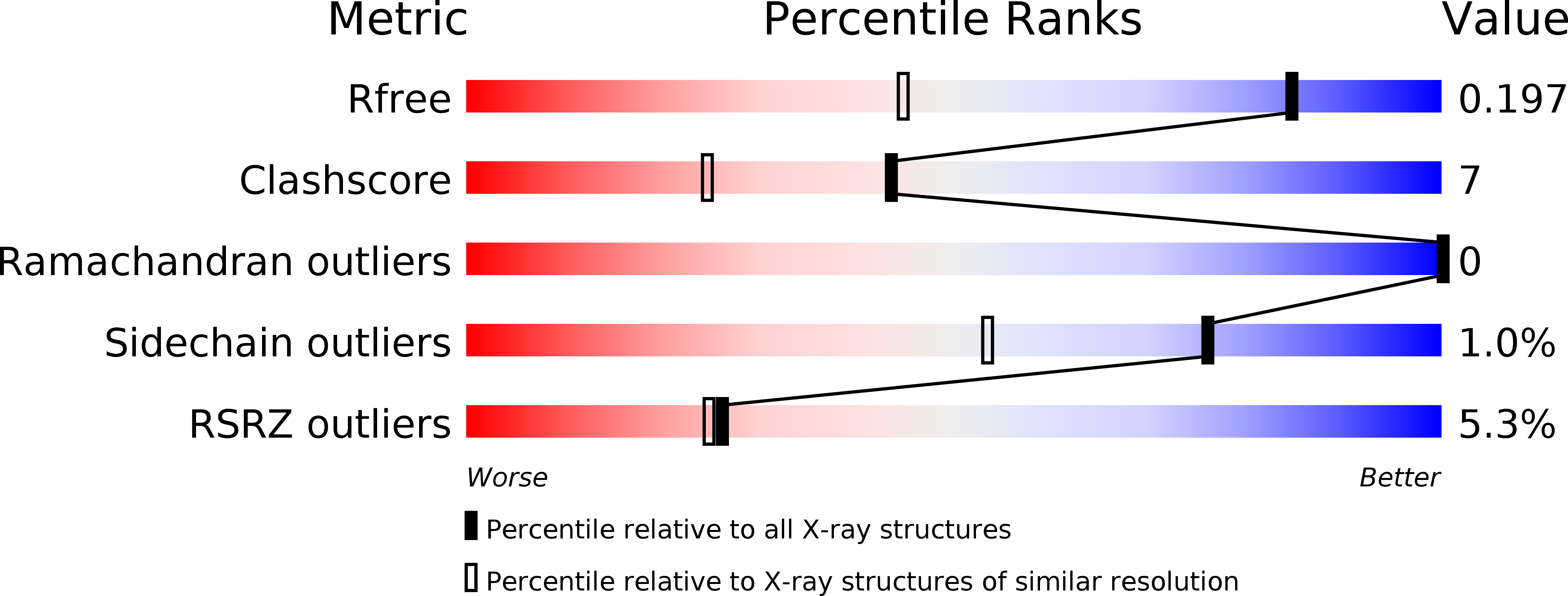
Deposition Date
2007-05-02
Release Date
2007-12-11
Last Version Date
2024-11-20
Entry Detail
PDB ID:
2YZ1
Keywords:
Title:
Crystal structure of the ligand-binding domain of murine SHPS-1/SIRP alpha
Biological Source:
Source Organism:
Mus musculus (Taxon ID: 10090)
Host Organism:
Method Details:
Experimental Method:
Resolution:
1.40 Å
R-Value Free:
0.19
R-Value Work:
0.17
R-Value Observed:
0.17
Space Group:
P 21 21 21


